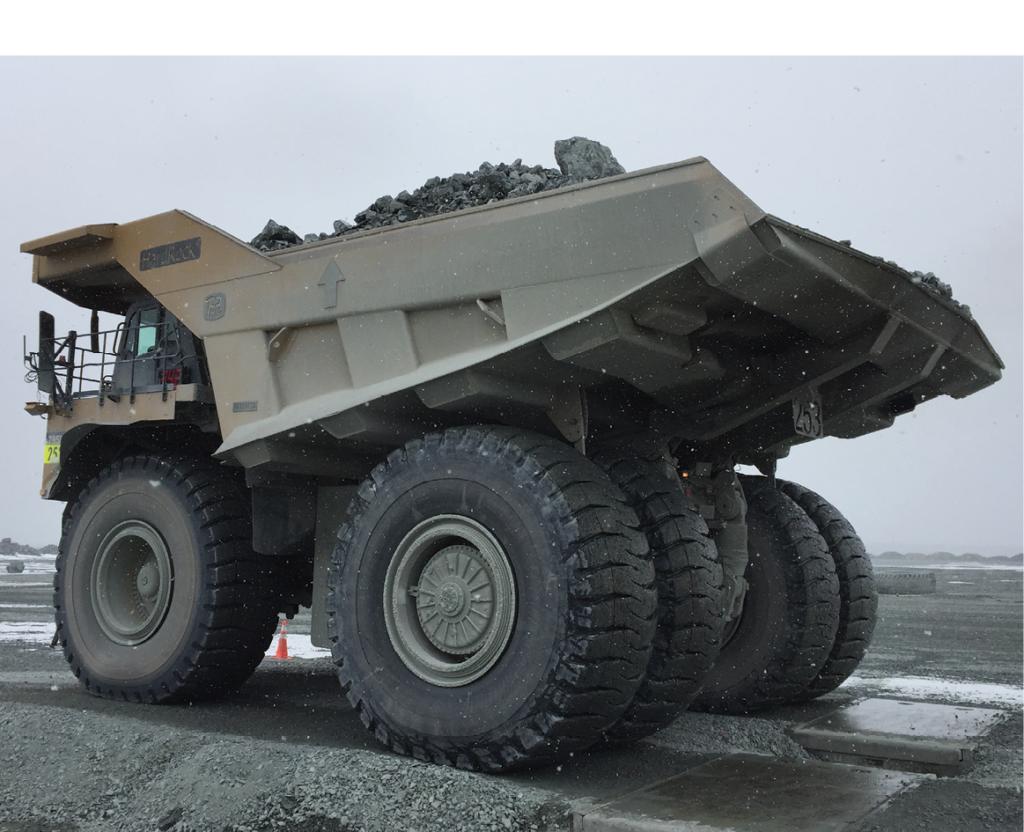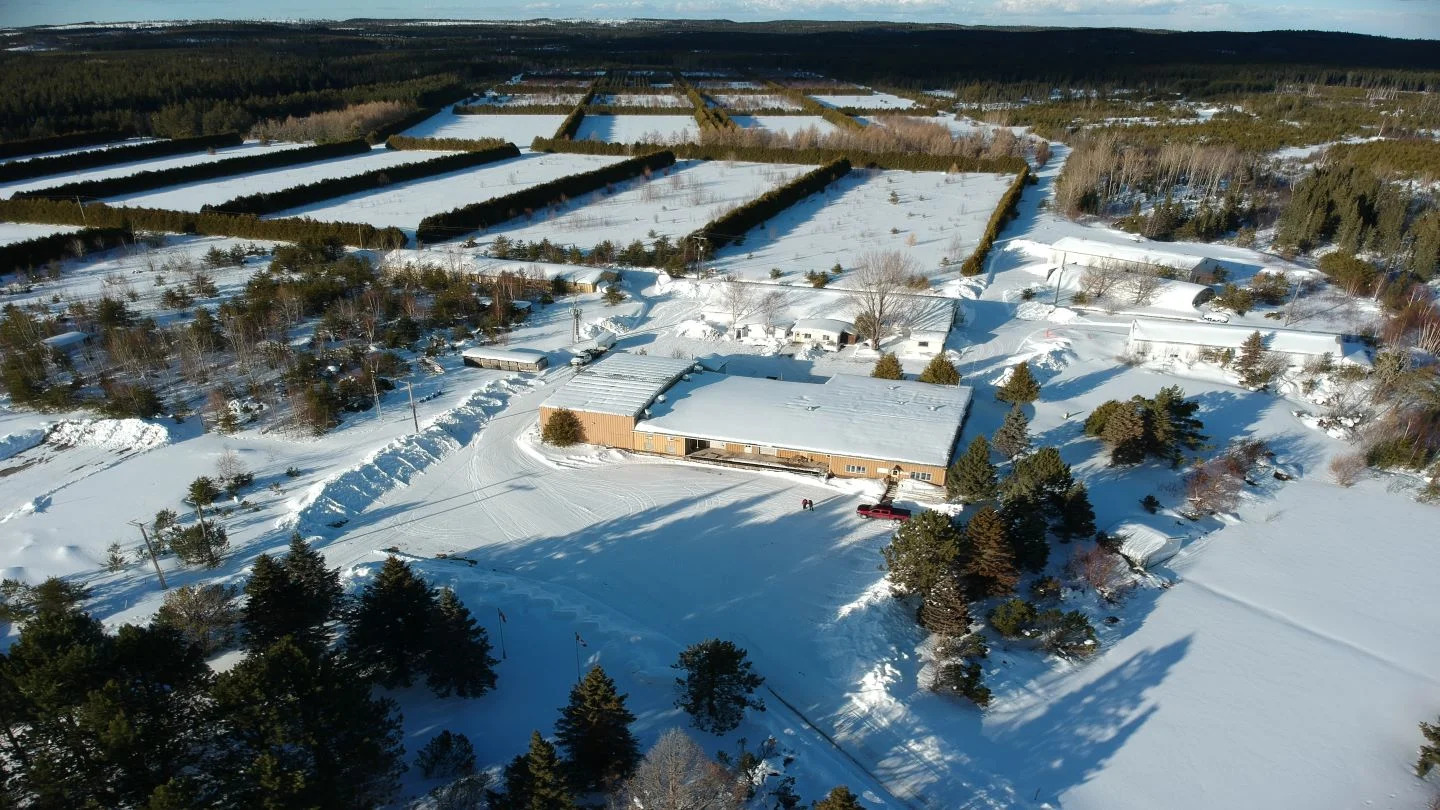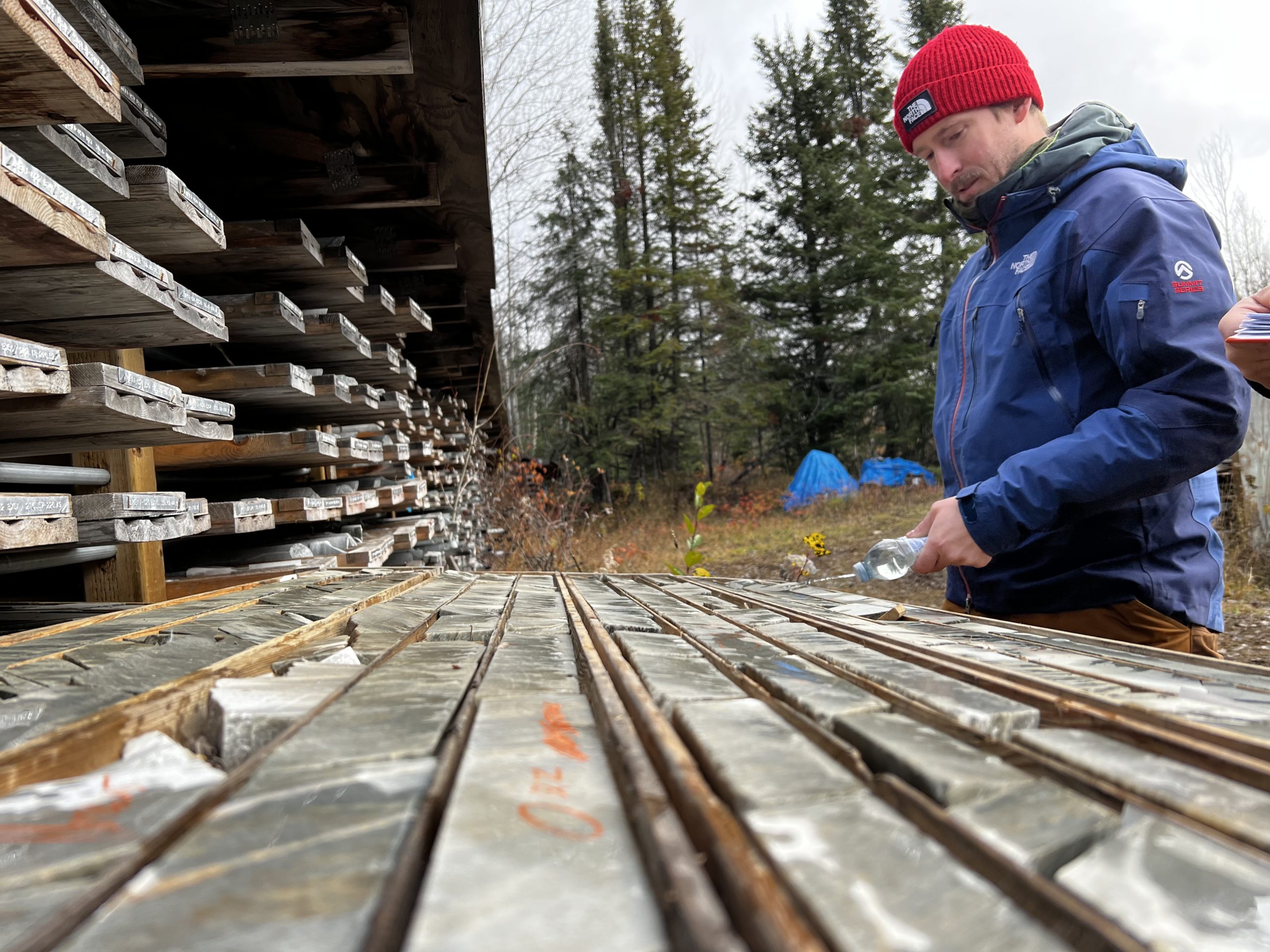Lighter weight = More power
Choose a lightweight truck body without sacrificing wear

There are some things in life that make more sense, or simply become more useful, when paired together — milk and cookies, cars and heated seats (at least if you live up north), cell phones and internet connection — the list goes on. Each of these items on their own provides some benefit — cookies taste good, cars are much faster than previous methods of transportation, and cell phones are convenient compared to landlines. Add in the complimentary item to each of these though and their benefit is elevated even more.
A similar anecdote could be applied in the mining industry when it comes to lightweight mining bodies. It might go something like ‘if you give a producer a lightweight truck body for added hauling capacity, they will probably want it to last longer than three years.’ It makes sense. Custom truck bodies are a much more serious investment than a cookie, cellphone or even a car. And to truly realize the full utility of one — whether lightweight or standard — there are many factors producers must consider.
Custom vs. off-the-shelf truck bodies
The first consideration when looking at lightweight bodies is whether or not you need a custom solution to maximize productivity or if an off-the-shelf solution is the right fit. For some operations, an off-the-shelf truck body does the job for standard operations. However, with increasing pressure for speed, efficiency and scaled up production, the need for equipment that can support these demands becomes even more important. For producers that want to truly optimize their operation, boost profits and meet the growing industry pressure amidst the infrastructure boom, custom mining bodies offer what standard OEM bodies and other off-the-shelf bodies just cannot.
Producers can work with custom haul truck equipment companies who take information about their needs and use it to design, engineer, and manufacture a custom truck body that accounts for a specific set of challenges and opportunities within the mining operation rather than a blanket solution that would be offered by a standard OEM body or a supplier that has a couple designs and simply puts sideboards and liners on the body to “customize” it.
Custom bodies allow producers to haul the truck’s full rated capacity by planning for material density and weight. The body can also be designed to align with loading equipment the operation uses, be fitted for a custom tailgate if desired to further increase load capacity while shortening the body floor and address other environmental factors of the operation such as overhead barriers or tight spaces. Additionally, manufacturers consider the type of material being hauled and whether it is sticky, requiring a load ejector or other custom equipment to help minimize carryback. On the other hand, abrasive material may call for different engineering requirements or the addition of liners to the body. All of these adjustments lead to an increase in hauling capacity, durability and payload.
When deciding on a custom body, look for a manufacturer that focuses on increased stability and operator safety in the design of custom haul truck equipment. Custom bodies should be constructed with a low center of gravity to ensure the best weight distribution and minimize vibration to the driver as well as impact to the truck overall. Customizing individual truck bodies to the mine’s specifications increases loading safety and greatly reduces the potential for loading damage by ensuring the truck body dimensions are correctly paired with the loading tool.
Another consideration is maintenance, and to truly maximize productivity custom truck bodies should address this concern. Some manufacturers add four free-floating lifting eyes into the body rather than the sides, enabling fast and easy removal or installation of a body for maintenance from a lower overall height without the need for going outside and the use of a portable crane.
Maximizing payload with lightweight bodies

One of the goals of a custom truck body is to maximize the amount of payload an operation can haul with each pass. While coal operations have difficulty maximizing a haul truck’s capacity due to the amount of volume necessary with such lightweight material, hard rock operations face the opposite problem. With a heavier payload and the weight of the standard mining class body, maximum gross weight is reached quickly, limiting the amount of material hauled in each load. This provides mining operations a dilemma: add more trucks to the haul fleet or utilize the existing fleet more efficiently.
In years past, the solution was for manufacturers to use a thinner steel to reduce the body weight. This reduction in weight directly translated to an increase in payload capacity as more of the haul truck’s rated weight could be allocated to the material hauled with each load. However, the lighter weight steel brought with it a shorter lifespan, often leading to the term “throwaway” body. In other words, producers had to choose between increased capacity or durability. And for some producers, the sacrifice in wear life of the body was worth it for the ability to haul extra material. Until it wasn’t. Eventually, the need to change out the body after just a few years would frustrate fleet managers and they would return to purchasing the heavier bodies that offered longer life and less maintenance, resulting in a swing between lightweight and standard class bodies as they searched for an optimal solution.
The best of both worlds
But what if the pros could more easily overcome the cons? What if producers didn’t have to choose between capacity and durability? It’s a question that drove some manufacturers to research, engineer and manufacture options that offer the full benefit of maximized capacity in the form of a lightweight body that lasts more than three years. Producers can distinguish these more durable options from the “throwaway” lightweight mining class bodies by looking at the quality of the steel. Some of the most durable options on the market are manufactured with Hardox 500 Tuf steel, which increases abrasion resistance by three times compared to 450 Brinell steel.
These lightweight mining class bodies offer increased wear life while adding 10% to 20% to payload capacity. This means that a mining class body that was previously 46.350 kg would now weigh approximately 34,000 to 36,290 kg, saving up to 11,340 kg that can be allocated to the payload. The result is an immediate gain of up to 11/3 tonnes in payload capacity. In terms of wear-life, bodies engineered with 500 Tuf steel offer up to 30% to 40% more life than traditional lightweight bodies, creating an ideal solution that maximizes capacity without the extreme sacrifice in durability.
Choose all
Mine operations managers should not have to choose between maximizing payload and getting the best possible life out of their truck bodies. In addition to payload and wear life, producers should consider partnering with a manufacturer that looks at the big picture, including how the truck body fits into their operation while maximizing operator safety.
If you give a mining producer additional payload capacity in the form of a lightweight truck body, they’ll probably want some durability to go with it. And that only makes sense.
Josh Swank, vice president of sales and marketing at Philippi-Hagenbuch





Comments